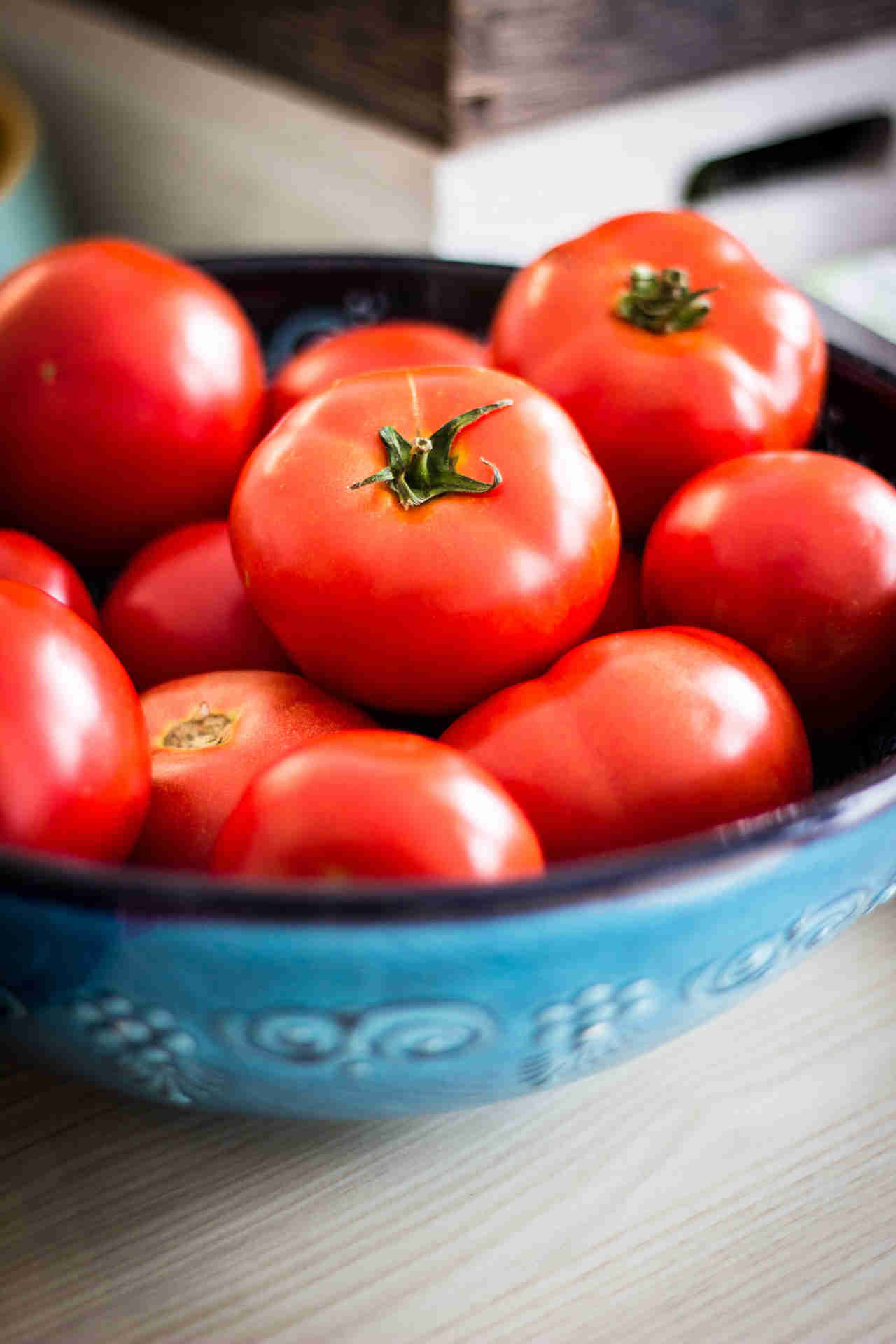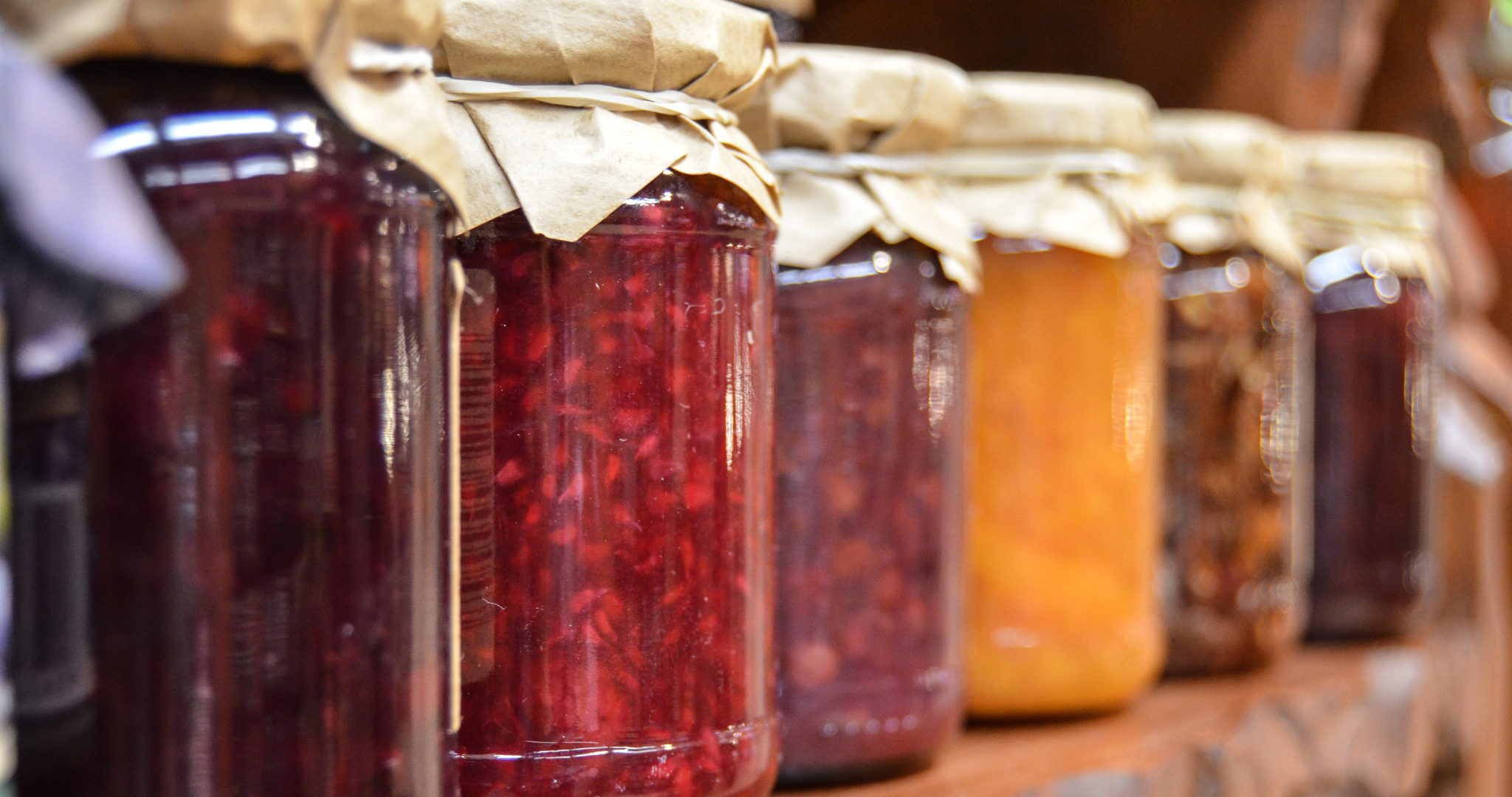The History of
Fermented Vegetables
The health benefits of cultured vegetables have been well known for thousands of years. Ancient civilizations used the culturing process to preserve fresh vegetables and other foods for lean times. Hippocrates, the father of modern medicine, recommended sauerkraut as a healing food.
Globally, fermented foods are much more widely known and used as part of the food traditions handed down for generations. From miso (cultured soybeans) in Japan to gari (fermented cassava) in Nigeria, cultured foods have been and continue to be a dietary staple in other countries.
Cutting-edge research is beginning to uncover how cultured vegetables benefit our gastrointestinal and overall health.

The standard American diet (SAD)
The SAD is filled with highly processed foods, which have greatly reduced nutritional value. The probiotics and enzymes available in our food system has declined over the past century as chemically and mechanically altered foods have become the most widely available and cheapest options.
A dramatic rise in
Digestive Health Issues
Gastrointestinal diagnoses have been on the rise which has sparked renewed interest in unprocessed foods from local sources. Fermented foods have become popular as the benefits of this method of food preparation have been scientifically shown to help improve digestion and assimilation.


Living Foods
From fermented water to homemade pickles, people are experimenting with cultivating their own live cultures as the benefits of eating cultured vegetables are becoming better understood.
Cultured Vegetable
Health Benefits
Restore
GI Health
The probiotics and postbiotics produced during fermentation can help to restore the balance of beneficial bacteria in your gut and may alleviate some common digestive problems: IBS, IBD, Crohn’s, Celiac, GERD, Ulcerative Colitis and Diverticulitis.
Regular consumption of probiotics has been shown to reduce a host of gastrointestinal symptoms, including diarrhea, bloating, gas, and constipation.
Boost
Immune Function
Experts estimate that 70-80% of the immune system’s functioning is in the intestinal tract. There is a delicate ecosystem of microorganisms in the digestive tract that works together for optimal health.
When that balance is disturbed, invasive microbes can cause inflammation in the intestinal wall. Certain medications, poor diet, smoking, alcohol, and stress are all factors that can impair the immune system. Eating probiotic-rich foods supports the mucosa (gut lining) as a natural barrier, strengthening the immune system and alleviating gastric distress.
Make
Food More Digestible
One of the most important cultured vegetables benefits is as a delicious and nutritious digestive aid.
Fermentation helps to destroy antinutrients — such as lectins, glucosinolates, oxalic acid, and flavonoids — compounds found in vegetables that inhibit digestion and nutrient absorption. Saponins found in plants, for example, are believed to provoke an immune response in the intestines
More Bioavailable
NUTRIENTS
The process of fermentation helps transform food into its nutritional components, making it easier to absorb. The microorganisms in cultures consume the sugars and starches in vegetables creating by-products that contain the vitamins and minerals our bodies need in a more accessible form.
Many cultured foods are rich in vitamin C, iron, and zinc — all of which are critical for a healthy immune system. Beneficial bacteria in the intestines manufacture vitamin K and a number of B complex vitamins, including thiamine, folate, biotin, riboflavin, and pantothenic acid.
Cultured vegetables offer a number of nutritional benefits and are an important addition our food choices.

Lacto-Fermentation
Lactobacillus is the most commonly used microbial strain for culturing vegetables, in which the naturally occurring lactobacillus bacteria on the vegetables feed on the sugars and starches in the food. The lactic acid preserves the food and generates metabolites like beneficial enzymes, b-vitamins, SCFAs (short-chain fatty acids), and various strains of prebiotics.
Other
benefits

Regulate Appetite
Fermented foods are recommended to help with weight loss. Many issues with weight gain are related to cravings due to undernourishment and an imbalance in the digestive flora.
Particular strains have particular “food” preferences. When the ecological balance is askew the dominant strains can cause sugar or fat cravings. A link has been established between the ratio of specific families of bacteria and weight loss or gain.

Preserves
Foods
Lacto-fermentation is an effective way to prepare vegetables for longer storage periods of time without losing the nutrients or the crunch like you would with traditional canning.
For example, fresh salsa spoils in a few days, fermented homemade salsa lasts months! There is nothing better than finding a jar of crispy fermented vegetables from the summer harvest in the winter!

Cost
Savings
Incorporating fermented foods into your diet is cost-effective. Most can be made at home with just a few tools and containers. And the great thing is that instead of creating waste for a landfill, you can reuse containers and help save the planet too.
Good quality sea salt and filtered water are all you need to ferment most vegetables. Whey from homemade yogurt is another inexpensive way to start cultured vegetables. Food sources of probiotics can reduce the need for more expensive supplements, for additional cost-savings.

On the horizon
Potential Cultured Vegetable Benefits
The following are health benefits that have real promise, but additional research is needed for specific treatment protocols :
Heart health
Fermented foods have been associated with a lower risk of heart disease. Gut bacteria can impact blood vessel plaques and may also modestly reduce blood pressure and help lower total and “bad” LDL cholesterol.
Mental health
There is a biological connection between the intestines and the brain called the hypothalamic-pituitary-adrenal (HPA) axis. The enteric nervous system (gut-brain) is part of the autonomic nervous system and includes several neural circuits that affect blood flow, secretions, as well as motor, immune and hormone functions. It is estimated that 90% of serotonin–a neurotransmitter involved in mood, behavior, sleep, and memory–is made in the gut.
How to Culture Vegetables
Fermenting vegetables is quite simple. Here is a step-by-step explanation.
Chop ingredients uniformly
While you can ferment any vegetable you like, you’ll want to make sure the ingredients in your jar are roughly the same shape and size. This will ensure that they all ferment at the same rate.
Create brine with salt
Pack the fermenting jars with salted vegetables and press into the jar until the natural brine covers them. If needed, fill the jar with additional saltwater to cover the vegetables.
Keep the vegetables submerged
Lacto-fermentation has to happen in an anaerobic (oxygen-free) environment. Oxygen allows the introduction of mold and undesirable bacteria. Keep the ingredients submerged by placing a glass fermenting weight in the jar, covering with a vegetable leaf, or placing a plastic bag filled with some water on top.
Taste test
The counter time is determined by the room temperature. The warmer the temperature the faster the fermentation process. It is important to taste the culture regularly to decide when to slow the process. When it tastes tart and slightly vinegary, it is ready.
Refrigerate
Store the vegetables in the refrigerator once they taste good to you. This will slow down the process of fermentation, preserving your foods for months.
- Easy to make
- Flavorful
- Nutritious
- Ideas

Recipe Template
Our recipe templates are designed to be flexible and easy to follow.
Cultured Vegetables
Use whatever fresh seasonal vegetables are available. Select a handful of seasonings you like. Follow these step-by-step instructions for fermenting vegetables and the results should be fairly consistent, if not foolproof.
This is the perfect way to quickly add cultured vegetables into your diet and reap the benefits.
- Prep Time20 min
- Yield1 Quart
- Suitable for Diet
- Organic
Ingredients
- 4 cups vegetables of your choice, washed and peeled (if desired), and cut into roughly even-sized pieces
- seasonings of your choice
- 4 cups of filtered water
- 2 tbsp sea salt
Chop the vegetables into uniform pieces. Large or small dice is a personal preference. Salt the vegetables with up to 1 Tbsp of the sea salt (find unrefined sea salt here).
Fill a clean, wide-mouth quart-sized mason jar with the chopped vegetables, leaving at least 1-½ in of room at the top.
Add any seasonings you like.
Mix 4 c of filtered water (the chlorine in tap water will kill the bacteria) with remaining sea salt, until the salt has dissolved.
Pour the brine over the vegetables in your jar, leaving one inch at the top.
Place a glass jar weight (or cabbage leaf) inside the jar to ensure the vegetables stay submerged below the brine.
Cover the jars. A lid with an air-lock is ideal. However, a paper coffee filter with a lid ring or rubber band to hold it in place is fine. Cheesecloth will also work.
Leave the vegetables to ferment on the counter for 2-3 days. (The ideal temperature is 70-75° F. Cooler temperatures will take longer, hotter shorter) Check the culture daily to be sure all the vegetables are staying submerged. In 2-3 days, you should start to see some tiny bubbles forming.
Taste your vegetables after 2-3 days. Once they reach a flavor that you like, remove the weight, cover the jar tightly, and place the fermented vegetables in the refrigerator.
FAQs Cultured Vegetable Benefits
This is a selection of the most frequently asked questions about the benefits of cultured vegetables.
The most well-known commercially available fermented foods are sauerkraut, pickles and olives.
However, almost any vegetable can be cultured. The texture and composition of the vegetable will impact the process. For example, leafy greens have a high water content so they create their own brine with just some salt.
Some vegetables with high water content, like summer squash and sliced cucumbers, may get mushy during fermentation and need added tannins from oak or grape leaves or a pinch of black tea leaves.
Vegetable medleys are best! Some of our favorites are:
- Radish, carrot, and scallion
- Red & green cabbage with apple
- Broccoli and cauliflower with garlic, basil, and oregano
- Garlic and onion with basil and oregano
- Beets, carrots, and fennel
You can eat your fermented veggies with just about anything!
They are great as a side dish, sandwich, salad, or soup (not too hot) topping. Or start your meal with a cultured appetizer for good digestion.
Check out our fermented salsa recipe.
Known Beneficial Bacterial Strains in Cultured Vegetables include:
L mesenteroides,
L plantarum,
P pentosaceus,
L brevis,
Lactobacillus,
Pediococcus,
W koreensis
L pentosus,
Each of these strains have their own function and benefits to the body.
Fermented veggies are good for you so more should be better right?
The catch is that adding cultured vegetables to your diet is a significant change and can create temporary gastric discomfort while your microbiome adjusts.
We recommend slowly adding fermented foods to your diet to minimize symptoms. Start with a tablespoon of your favorite and see how it feels. If that works, the add more to your liking. Even a tablespoon a day can provide cultured vegetable benefits.
Sources
Kelly Bilodeau
Executive Editor, Harvard Women’s Health Watch
Fermented foods for better gut health
May 16 2018
https://www.health.harvard.edu/blog/fermented-foods-for-better-gut-health-2018051613841
GMFH Editing Team
The Many Benefits of Fermented Foods
6 Feb 2019
https://www.gutmicrobiotaforhealth.com/en/the-many-benefits-of-fermented-foods/
Katie Wells
Health Benefits of Fermented Foods
7 Apr 2011
https://web.archive.org/web/20210728110328/https://wellnessmama.com/2245/fermented-food-benefits/
Jillian Levy, CHHC
Fermented Foods: Top 15 Fermented Foods & Their Benefits
15 Oct 2018
How to Make Your Own Fermented Vegetables
https://probiotics.mercola.com/fermented-vegetables-recipes.html
Jo Lewin – Registered Nutritionist
The health benefits of fermenting
https://www.bbcgoodfood.com/howto/guide/health-benefits-offermenting


